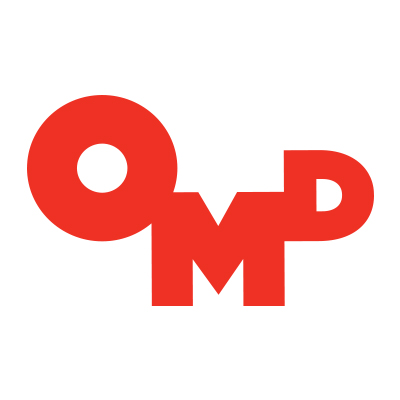Originally published in Adweek.
With Two New Leaders at the Helm, Here’s What’s Next for Omnicom’s Media Agencies
More integration and flexible agency models are ahead.
An executive promotion this month triggered leadership changes within Omnicom’s media branches. Daryl Simm, the previous leader of Omnicom Media Group (know as OMG) was promoted to president and chief operating officer of Omnicom Group. The change is an indication that Simm might be next to lead Omnicom Group when the current CEO, 69-year-old John Wren, retires.
The leadership moves put a spotlight on media executives at a time when the holding company’s media networks are thriving and continuing to evolve after a massive strategy pivot that began in 2017. Now, with Florian Adamski at the helm of Omnicom Media Group and George Manas as CEO of OMD, more integration is on the horizon as the networks seek flexible solutions that clients can scale up or down quickly, depending on need.
When Adamski stepped up to lead OMD Worldwide in 2017, the media agency was in a dire position, having lost significant accounts including Lowes and French auto maker PSA. Its losses put it at bottom of COMvergence’s 2017 new business report.
“Back then in 2017 OMD was at the crossroads. They were still, in billings, the world’s largest media agency. However, just in 2017 OMD had lost $1.8 billion in business,” said Adamski.
Adamski knew that to get ahead in the space Omnicom had to create processes, tools, technologies, and platforms that its employees could depend on and under his leadership, OMD remade itself. The result was a swift turnaround, leaping back to the top of COMvergence’s new business report and earning Adweek’s Media Agency of the Year honors in 2019 and 2020. While the agency’s pivot is now complete, the leaders say some things are still evolving.
Group-level pitches are becoming more typical
In recent years, holding companies largely did away with with single P&L structures. Before then, Omnicom Media Group’s three agencies—OMD, PHD and Hearts & Science—pitched the same accounts and competed for the same talent, allowing for very little collaboration and forcing all three to operate in silos. The old structure also resulted in products that were bespoke to the original agency brands.
“OMD and PHD, and at the time a fledgling Hearts & Science, they were essentially competing with each other,” Adamski said.
Now, that Omnicom’s media brands are connected, Adamski estimates that clients address at least 60 to 70% of large global media pitches to Omnicom or Omnicom Media Group instead of to the individual agencies.
Even large domestic pitches are seeking expanded capabilities, Manas said. “Even when they are a single agency pitch, we are still drawing on the best of Omnicom to build the right solution for their client needs.”
Resources at the group level
The leaders want to tighten the threads that weave the three media agency brands together. A single overarching technology platform—namely the company’s data spine, Omni—is one. The group is also focused on using its pricing advantages to unlock opportunities at the group level, driving certifications and technical proficiencies for its employees, and expanding its central engineering clout.
The fact that Omni is a global platform helps scale these models beyond core markets because there is a level of consistency in workflows that translate to any market. Manas refers to this as the “orchestration layer,” that allows talent to work across the networks with less on-boarding friction.
“Our business, even more than right now, will increasingly be a platform-based people business,” said Adamski.
Creating flexible resources
Adamski says clients ask how they can benefit from Omnicom Media Group’s size and want to know how they can dial services up or down during periods of prosperity or downturn. During the pandemic, many marketers slashed marketing budgets and pulled business from agencies. More flexible service models could allow clients to retain scaled-down media services during times of crisis.
“We’re becoming more agile as it comes to giving access to best of breed talent. These things are going to be core ingredients to a better client experience,” said Adamski, predicting more bespoke agency models and an increased focused on automation.
Agility means providing clients access to more talent, and OMG is creating centers of excellence that agency brands can tap into that specialize in either nascent or rapidly-growing capabilities.
As new channels proliferate, expertise in niche areas has become more important. In just the last 18 months, OMD has focused on commerce, CTV, and retail media—one of the agency’s fastest-growing product areas. Once they’ve reached a certain level of maturity and scale, Adamski says centers of excellence can be integrated into agency brands.
Beyond the centers, hiring technical talent, like engineers, has been a differentiator for Omnicom as the entire media group can leverage the resources. This works well for OMG because creating custom models for every client can pose a challenge for agencies who need to utilize talent across many accounts.
“You will not in an efficient and effective way be able to staff up against all the latest developing trends across three agencies every time. It would take too long, there is a talent crunch,” said Adamski.
“If you do that at scale for every single client you, at some point, run out of talent and you build these huge motherships for clients that sometimes might not even require them all the time.”
